Why is Water a Solvent, and Why Is It So Good at Being a Solvent?
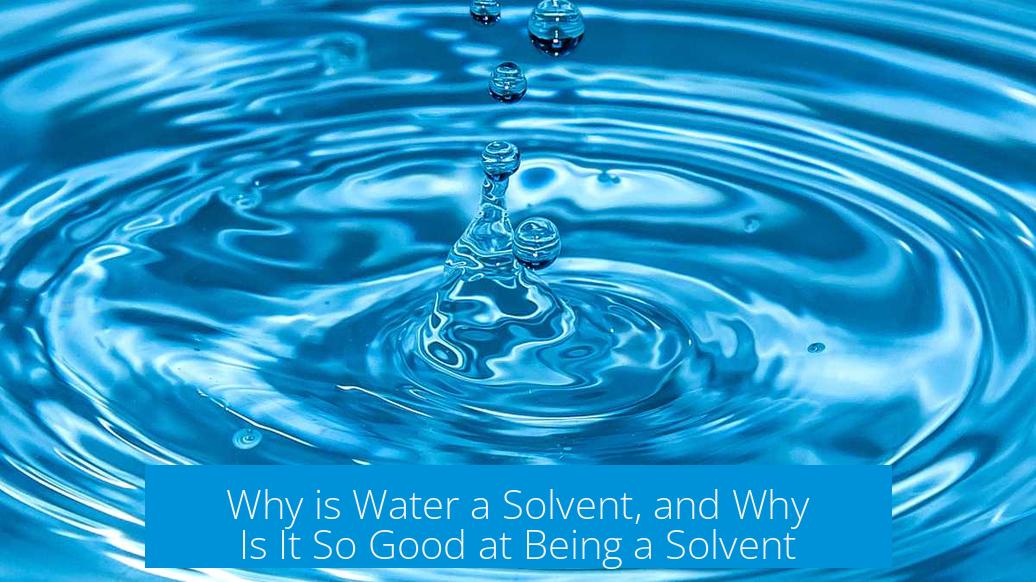
Water is an excellent solvent because it is highly polar and capable of forming hydrogen bonds, which enable it to dissolve many ionic and polar substances effectively. Its bent molecular structure creates partial charges that attract solute molecules. Coupled with its abundance and favorable physical properties, water stands out as a universal solvent in nature and industry.
Water’s Polarity and Hydrogen Bonding
Water’s molecular geometry is bent, with an angle of about 104.5°. This causes oxygen to carry a partial negative charge, while the two hydrogen atoms carry partial positive charges. This separation of charge makes water a polar molecule.
Because of its polarity, water forms hydrogen bonds, which are strong intermolecular forces between the hydrogen atom of one water molecule and the oxygen atom of another. Each water molecule can form up to four hydrogen bonds.
- Hydrogen bonding enables water to interact with ionic compounds such as sodium chloride (NaCl).
- It also stabilizes polar molecules like sugars and acetone by surrounding them with “solvent spheres.”
- These interactions weaken ionic or dipolar forces within the solute, allowing the solute to disperse evenly in water.
For example, when table salt dissolves, water molecules surround Na+ and Cl− ions, separating and stabilizing them. This process is facilitated by water’s polar nature and hydrogen bonding capacity.
Water’s Abundance and Physical Properties
Water is abundant on Earth, inexpensive, non-toxic, and stable under normal conditions. These attributes are crucial to its role as a widely used solvent.
| Property | Description |
|---|---|
| Abundance | Water covers about 71% of Earth’s surface, making it easily accessible. |
| Boiling Point | 100°C at atmospheric pressure; relatively high due to hydrogen bonding. |
| Vapor Pressure | Low vapor pressure at room temperature, stabilizing its liquid state. |
| Polarity | Highly polar molecule, facilitating strong interactions with solutes. |
Because of these physical properties, water remains liquid over a wide range of temperatures common to Earth’s environment. Its stability as a liquid solvent supports biological processes and chemical reactions globally.
Mechanism of Dissolution in Water
Dissolution is the process where solute molecules break away from their structure and disperse within the solvent. For water to dissolve a substance, it must form stronger interactions with the solute than the solute molecules hold with one another.
Water molecules create a solvation shell around solutes:
- In ionic compounds, water aligns its partially negative oxygen atoms towards cations and its partially positive hydrogens towards anions.
- In polar covalent compounds, water forms hydrogen bonds or dipole-dipole interactions with the solute molecules.
- This interaction disrupts the solute’s original intermolecular forces, enabling the solute to spread evenly.
This explanation accounts for why salt dissolves readily; NaCl’s ions become separated and stabilized by water molecules. Similarly, sugars dissolve because water’s polarity interacts favorably with their hydroxyl groups.
Limitations of Water as a Solvent
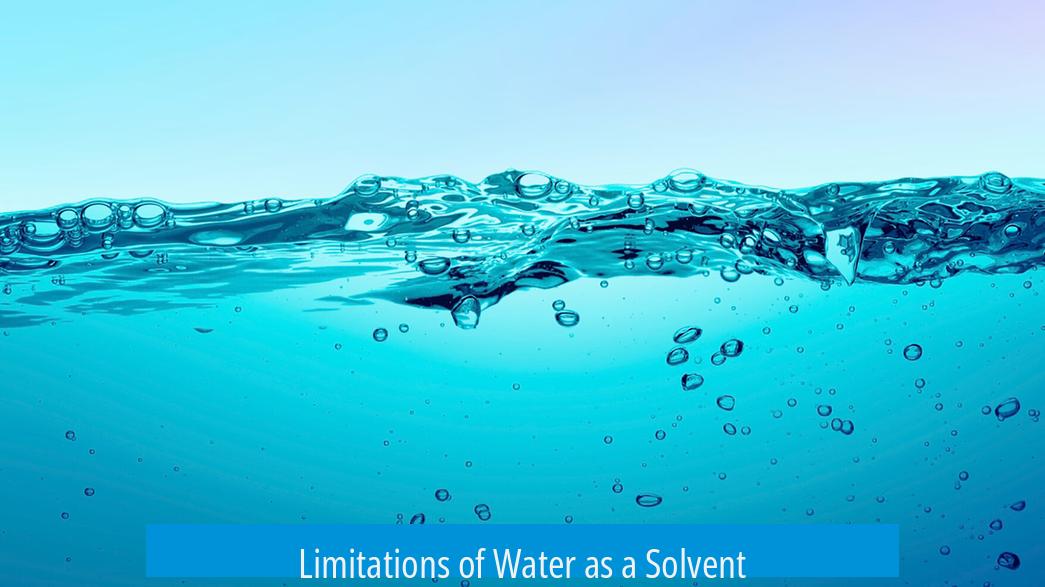
Despite its exceptional properties, water has limits as a solvent. Its strong polarity means it dissolves mostly polar and ionic compounds. Nonpolar substances, such as oils and fats, do not dissolve well in water.
Water and oil famously do not mix because water molecules prefer hydrogen bonding with each other rather than interacting with nonpolar molecules. This causes phase separation.
Another limitation is water’s high boiling point. Recovering solutes by evaporation can require substantial energy input, making it less efficient for solvent recovery compared to volatile organic solvents.
- Organic solvents like methanol, ethanol, or toluene dissolve a wider range of compounds, including many nonpolar ones.
- They also have lower boiling points, simplifying removal through evaporation.
- Water’s strong hydrogen bonding network makes evaporation energy-intensive.
Water’s environmental role also introduces challenges. Polluted water accumulates contaminants and requires extensive treatment. As a solvent in nature, it can carry impurities that affect ecosystems.
General Understanding of Solvents and Water’s Role
A solvent is any substance that dissolves a solute, forming a homogeneous solution. Water excels at dissolving compounds with strong intermolecular forces like ionic bonds or dipoles.
Other solvents function under specific conditions, such as carbon dioxide, which can act as a solvent at high pressures when in its supercritical phase.
Water’s role as a universal solvent is closely tied to the nature of the solute. It is ideal for polar and ionic substances but ineffective for many organic compounds.
Industries and laboratories therefore select solvents based on solute compatibility and processing requirements, with water often favored for its safety and availability.
Summary of Key Points
- Water’s polarity and hydrogen bonding enable strong solute-solvent interactions.
- Its bent shape creates partial charges critical for dissolving ionic and polar substances.
- Water’s abundance, non-toxicity, and physical stability make it a practical solvent.
- Dissolution occurs when water’s interactions with solutes overcome solute-solute forces.
- Water poorly dissolves nonpolar compounds due to its strong polarity.
- High boiling point complicates solute recovery compared to organic solvents.
- Solvent choice depends on the chemical nature of the solute and application conditions.
Why is water a solvent, and why is it so good at being a solvent?
Simply put, water acts as a solvent because of its molecular structure and polar nature, which enable it to interact and stabilize many substances, especially ionic and polar compounds. Now, let’s unravel the fascinating chemistry behind why water isn’t just *any* solvent but arguably the most famous and versatile one on Earth.
Imagine water molecules as little tridents with two hydrogens and one oxygen, but with a bent angle. This unique shape makes water a polar molecule—meaning it has a positive and a negative side. It’s this polarity combined with hydrogen bonding that turbocharges water’s solvent abilities.
Water’s Polarity and Hydrogen Bonding: The Secret Sauce
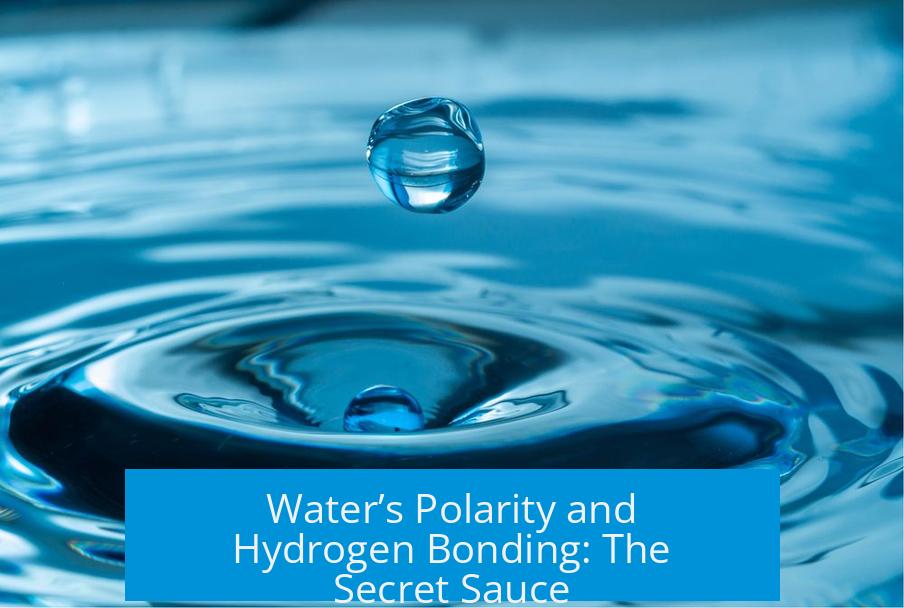
Water is like that friend who connects well with everyone—thanks to hydrogen bonding, it interacts brilliantly with other molecules. Each water molecule can form hydrogen bonds, those strong-but-not-too-strong attractions, with neighboring molecules. This creates a dynamic network that breaks and forms continuously.
Why does this matter? Take salt, NaCl, for example. Salt crystals are held together by strong ionic bonds, a solid team of positive and negative charges locked in a tight embrace. When salt meets water, water’s polar molecules surround the individual sodium and chloride ions, pulling them apart and stabilizing them in solution. These “solvent spheres” keep the ions apart and dispersed.
This principle isn’t limited to salt. Sugars and other polar substances like acetone also dissolve so well because water’s hydrogen bonds can latch onto these molecules’ dipoles, surrounding and stabilizing them as well.
Abundance and Physical Properties: The No-Brainers That Matter
Water’s solvent greatness isn’t only about chemistry. It’s everywhere—over 70% of Earth is covered with it, and it’s cheap, non-toxic, and environmentally friendly. These perks make water convenient and reliable for dissolving substances.
Physically, water has a high boiling point and low vapor pressure at room temperature—meaning it sticks around as a liquid under most earthly conditions. This stability allows it to remain in liquid form, providing a perfect medium for countless biological and chemical processes.
Honestly, you’d be hard-pressed to find a better solvent in nature that combines such availability, safety, and efficiency.
The Magic of Dissolution: How Water Works Its Charm
Understanding why stuff dissolves calls for a little focus on molecular matchmaking. For a solid, liquid, or gas to dissolve, its molecules must find water molecules more attractive than their neighbors. With water’s bent shape and hydrogen bonding, it can create these “solvent spheres,” enveloping solute molecules and preventing them from sticking back together.
Imagine a crowd holding hands (the solute molecules). Water swoops in and offers stronger, more appealing connections (hydrogen bonds), breaking up the crowd and keeping the faces separate and free to mingle. This action leads to the solute dispersing evenly within the water.
But Wait—Water Isn’t Perfect
Before we crown water the ultimate solvent monarch, let’s peek at its Achilles’ heel. Due to its polarity, water is great at dissolving other polar or ionic substances but lousy with nonpolar ones like oils and gasoline. Ever tried mixing oil and water? That’s the classic poster child demonstrating water’s limits.
Plus, water’s high boiling point becomes a double-edged sword: while it’s good for stability, it makes solvent removal (think evaporating water to harvest dissolved salt) a time and energy hog compared to solvents like methanol, ethanol, or toluene.
In the lab, these organic solvents often steal the spotlight for their ability to dissolve less polar substances and ease of removal, even though they come with environmental or safety trade-offs water doesn’t have.
Water’s Role in the Bigger Solvent Picture
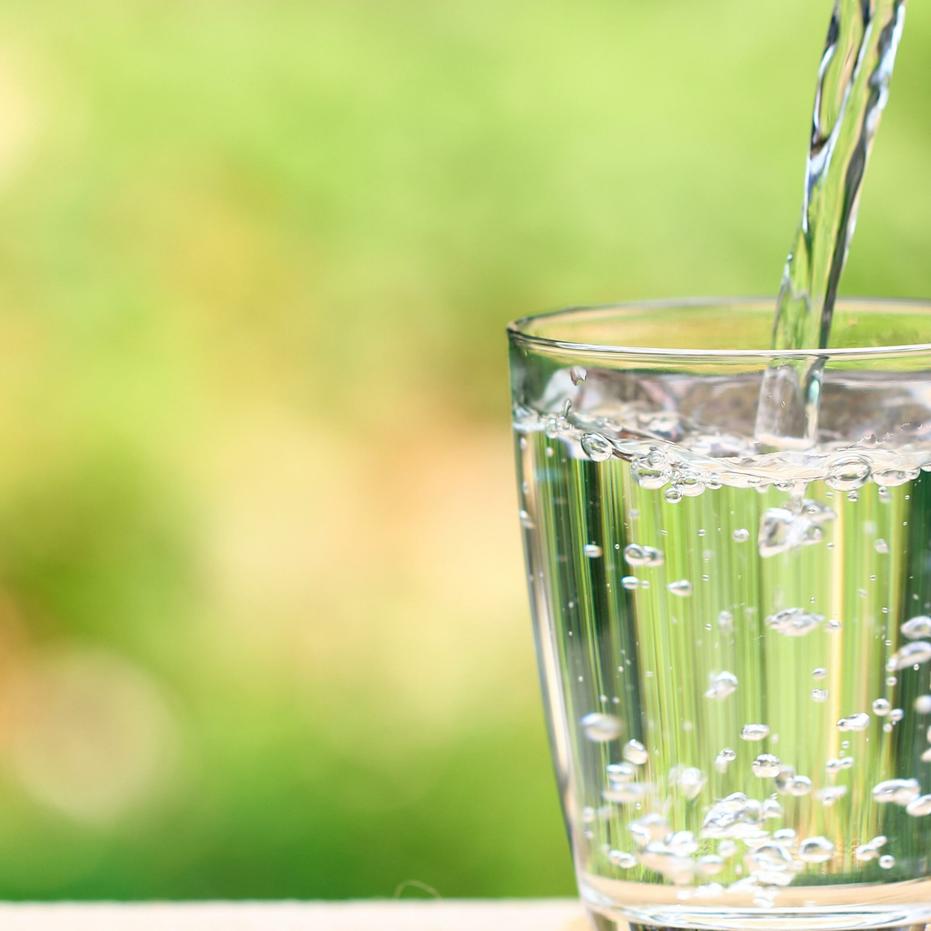
It’s vital to remember that “solvent” is a broad term. A solvent is any substance that can dissolve other substances under the right conditions. Even CO2 can act as a solvent when it’s a liquid at high pressure.
Water excels particularly when the solute has strong intermolecular forces. Its polarity and hydrogen bonding make it a compatible dance partner for charged or polar molecules. But if you’re looking to dissolve greasy oils or nonpolar substances, water politely steps back and lets other solvents take the floor.
The Bottom Line
Water’s knack for being a solvent boils down to its molecular structure: polar, bent, and capable of hydrogen bonding. This enables water to tackle ionic compounds like salt and polar molecules with ease. Its abundance, stability across Earth’s conditions, and non-toxic nature make it the go-to solvent in countless situations.
Yet, water isn’t a one-size-fits-all solution. Its inability to mix with nonpolar substances and its stubborn high boiling point mean that sometimes, other specialized solvents win the day.
So next time you stir sugar into your tea or watch salt disappear in water, remember: you’re witnessing a complex molecular dance powered by polarity and hydrogen bonds—all choreographed by the humble water molecule.
Why does water dissolve ionic compounds like salt so well?
Water molecules form hydrogen bonds and surround ions. This stabilizes the ions in solution. The polar nature of water interacts strongly with charged particles, breaking ionic bonds and allowing salt to dissolve.
How does water’s molecular structure contribute to its solvent abilities?
Water’s bent shape creates polarity. This polarity leads to hydrogen bonding between water and solutes. These bonds help dissolve many polar and ionic substances effectively.
Why isn’t water a good solvent for nonpolar substances?
Water’s polarity limits interactions with nonpolar molecules like oils. Nonpolar compounds don’t fit well into water’s hydrogen bonding network, so they do not dissolve easily.
What role do water’s physical properties play in its use as a solvent?
Water is abundant, cheap, and stable due to its high boiling point and low vapor pressure. These traits help maintain it as a liquid under many natural conditions, making it useful as a solvent.
Why might other solvents be preferred over water in some chemical processes?
Water’s high boiling point makes removing it by evaporation energy-intensive. Also, it dissolves mainly polar substances, so nonpolar solvents like toluene or alcohols are often better for certain chemicals.


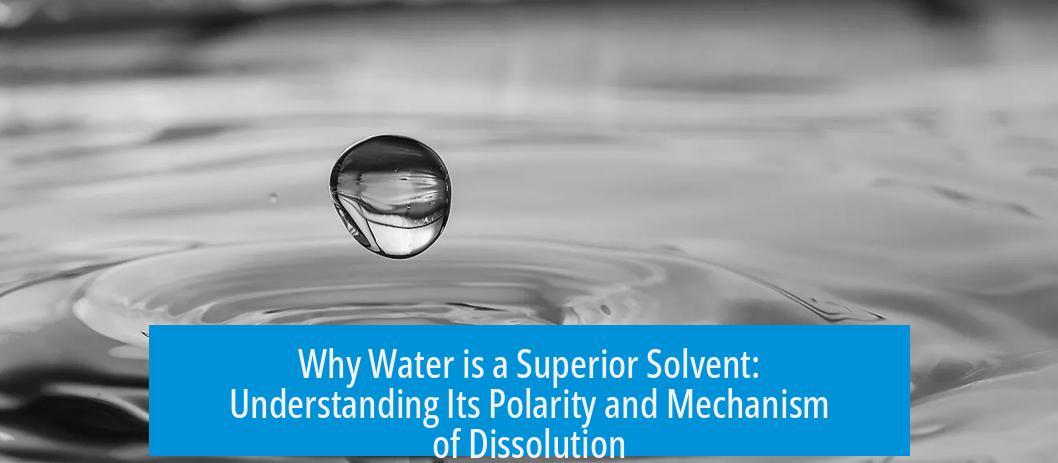

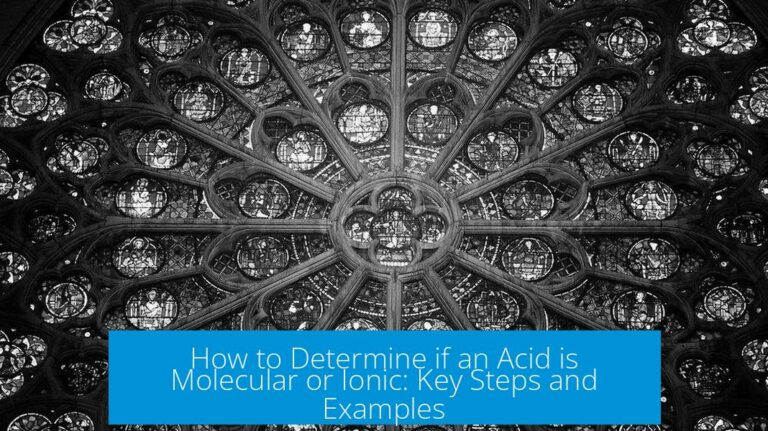
Leave a Comment